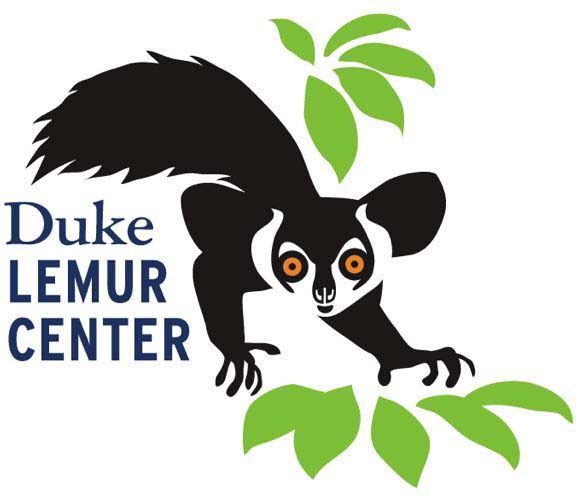January 14, 2012
In just four days I leave for Madagascar where I’ll remain until August. The usual pre-trip mix of excitement and anxiety has set in. Four giant duffel bags are already full of research and camping gear for myself and our research team as well as forest and city cloths, medications (daily malaria pills etc…), and anything that is hard to find in Madagascar (like good batteries, ziplock bags, and computer supplies).
Duke Lemur Center’s conservation program in the SAVA region of northeastern Madagascar has already begun and several new programs are in development. Phase two of the environmental education program will soon begin in which newly trained teacher trainers will lead workshops for the school directors. Ultimately, each of the 2,431 primary school teachers in this region will receive the official environmental education manual and training in how to use it in their classes.
One of the most exciting lemur conservation developments is the possible discovery of the greater bamboo lemur (Prolemur simus) by our team in collaboration with the Aspinall Foundation and the Malagasy ngo Mitsinjo. Local reports led us to probable feeding traces and fecal samples (see Figures 1 and 2) in the Antohaka Lava forest 20km south of Marojejy National Park. With only an estimated few hundred individuals remaining, this is perhaps the rarest lemur in Madagascar. This species has not been documented this far north in hundreds of years at least. Currently, the closest populations are several hundred kilometers south. We hope to obtain photographs or visual sightings in the near future.

